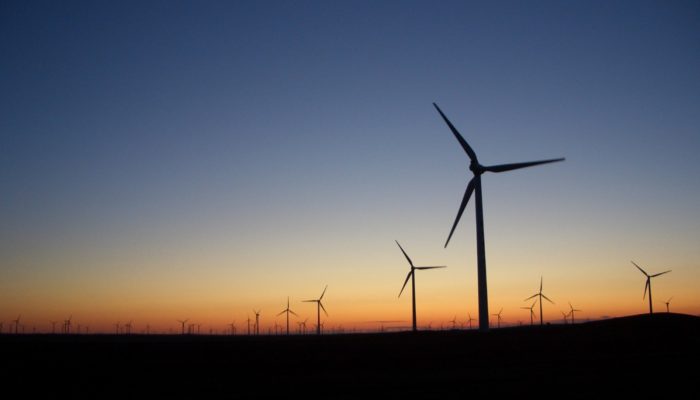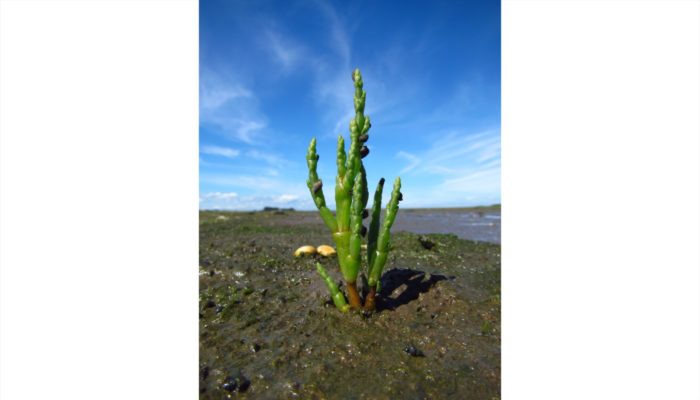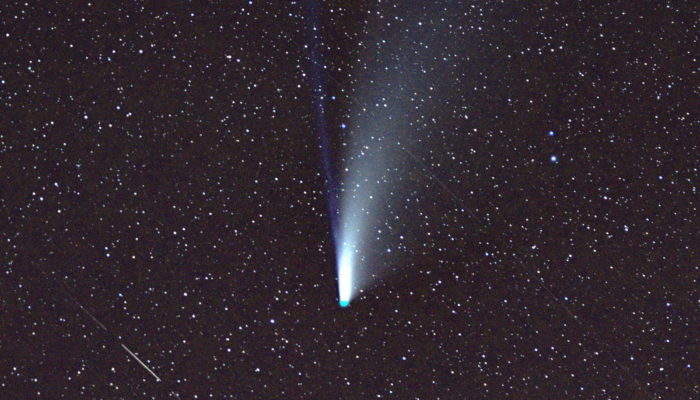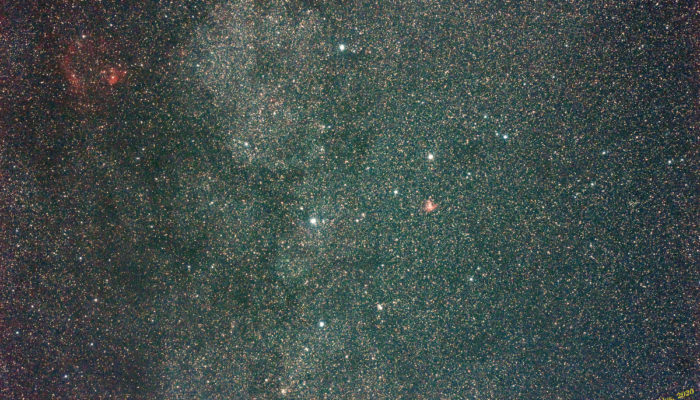When we were following the route of the Silk Road and heading to the Xinjiang province of China, this was what we saw. The large scale wind power plant brought some hope to this very old road. Hope that with all other renewable energies, it can become an answer to our sustainable future. Description by Wenzhu Hou, after the description on imaggeo.egu.eu. Imaggeo is the EGU’s online o ...[Read More]
Imaggeo On Monday: New view on the Silk Road




